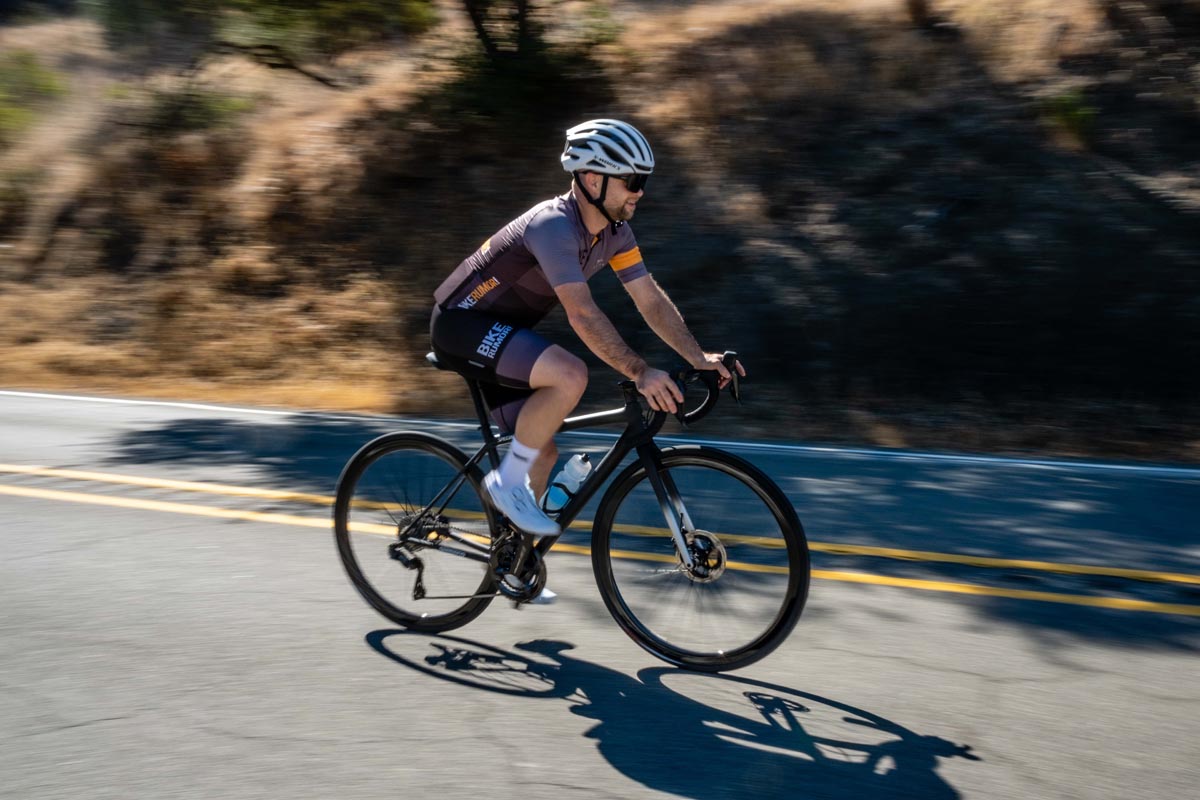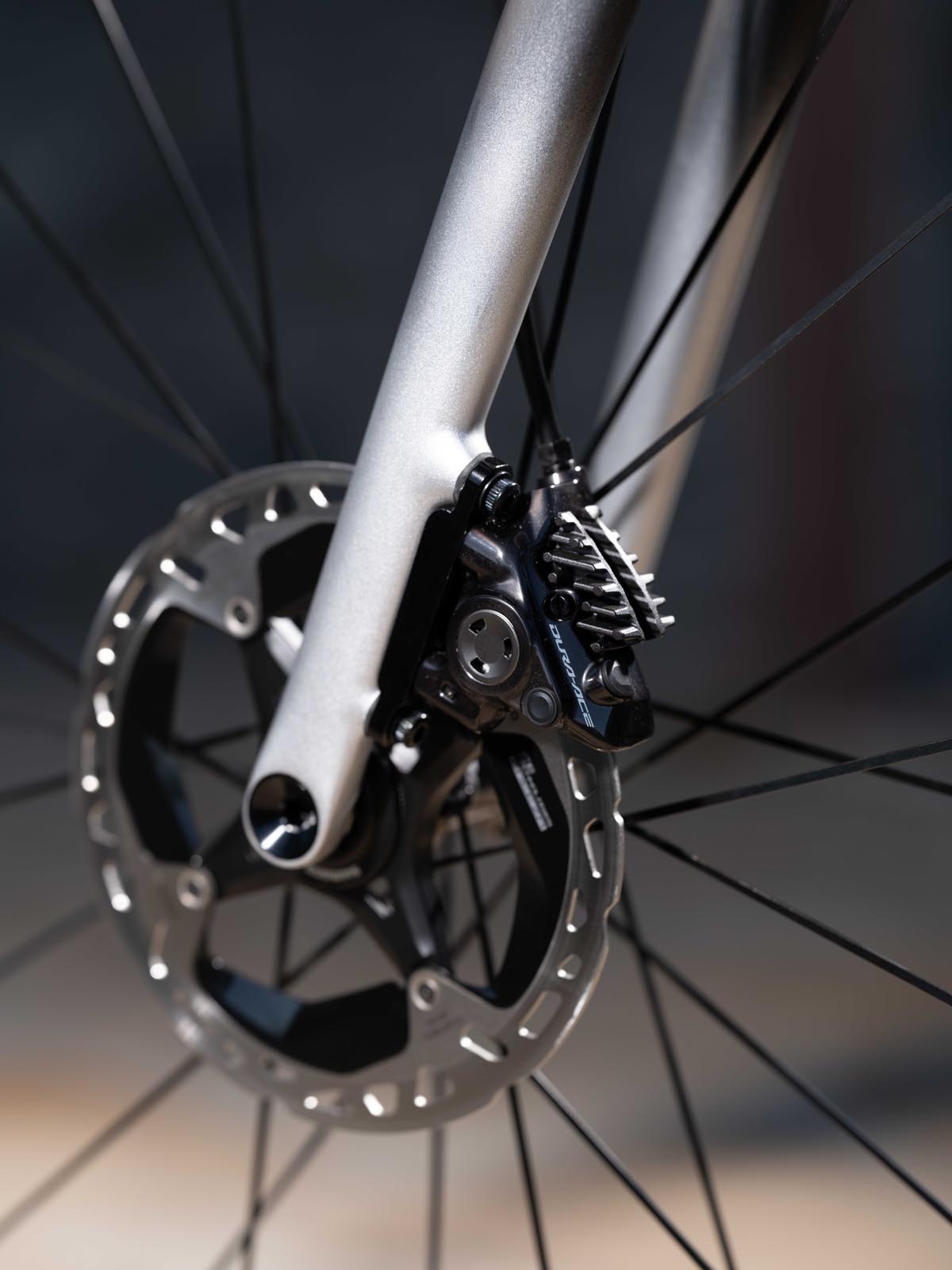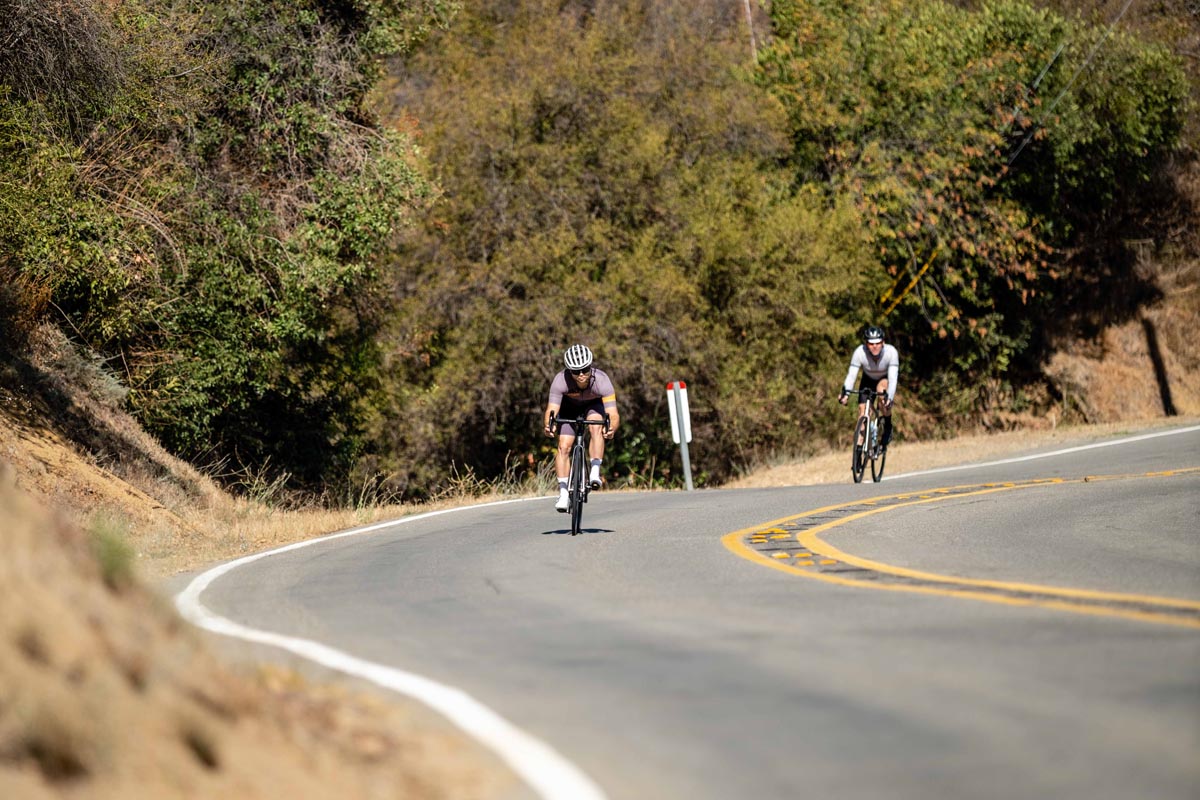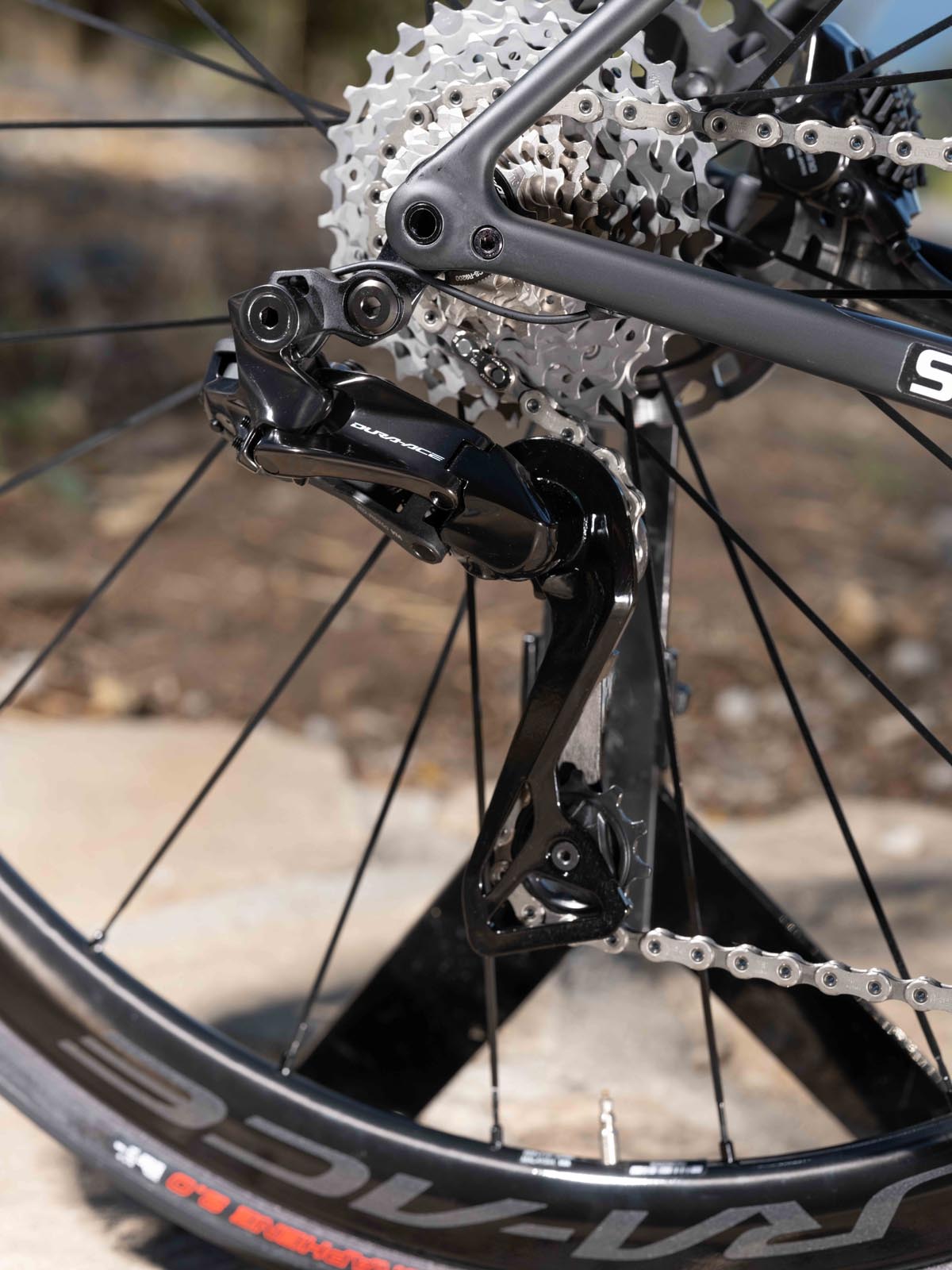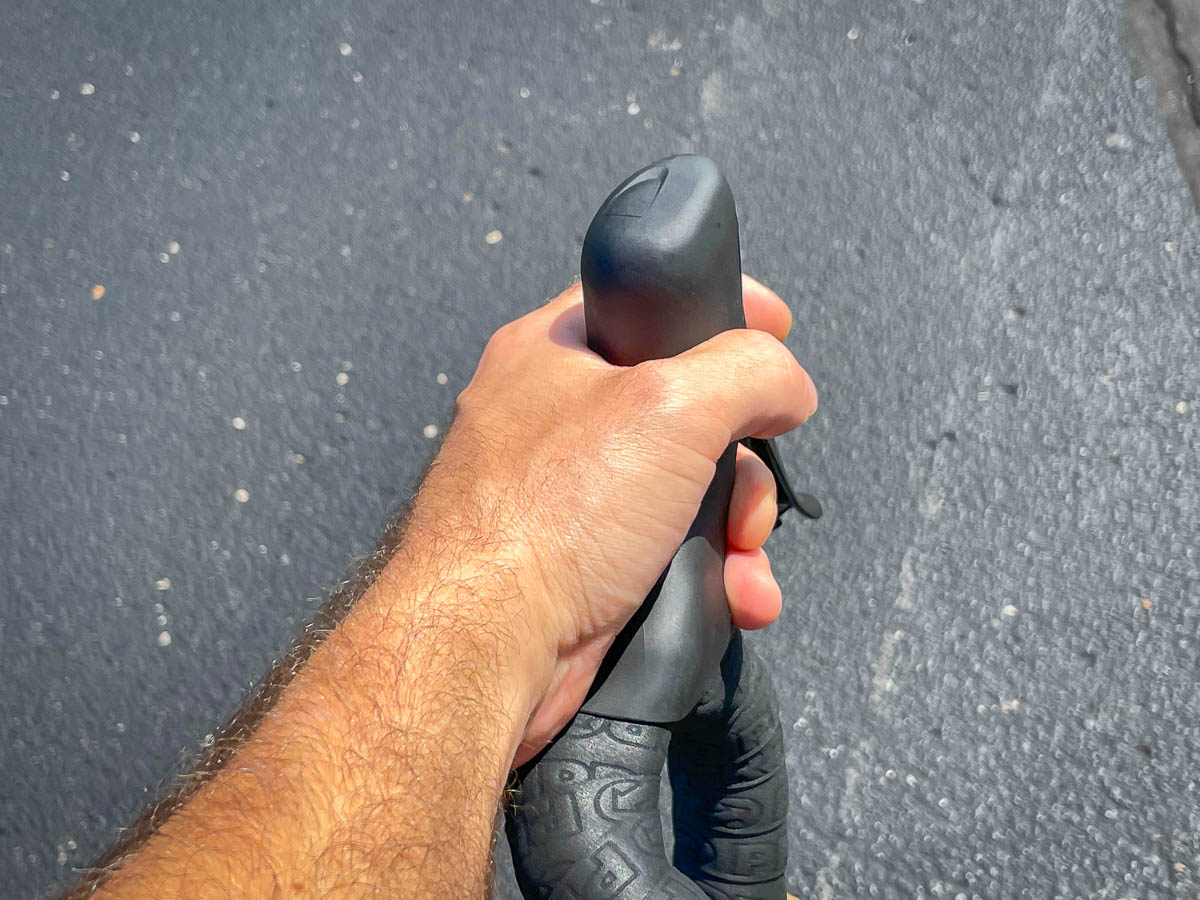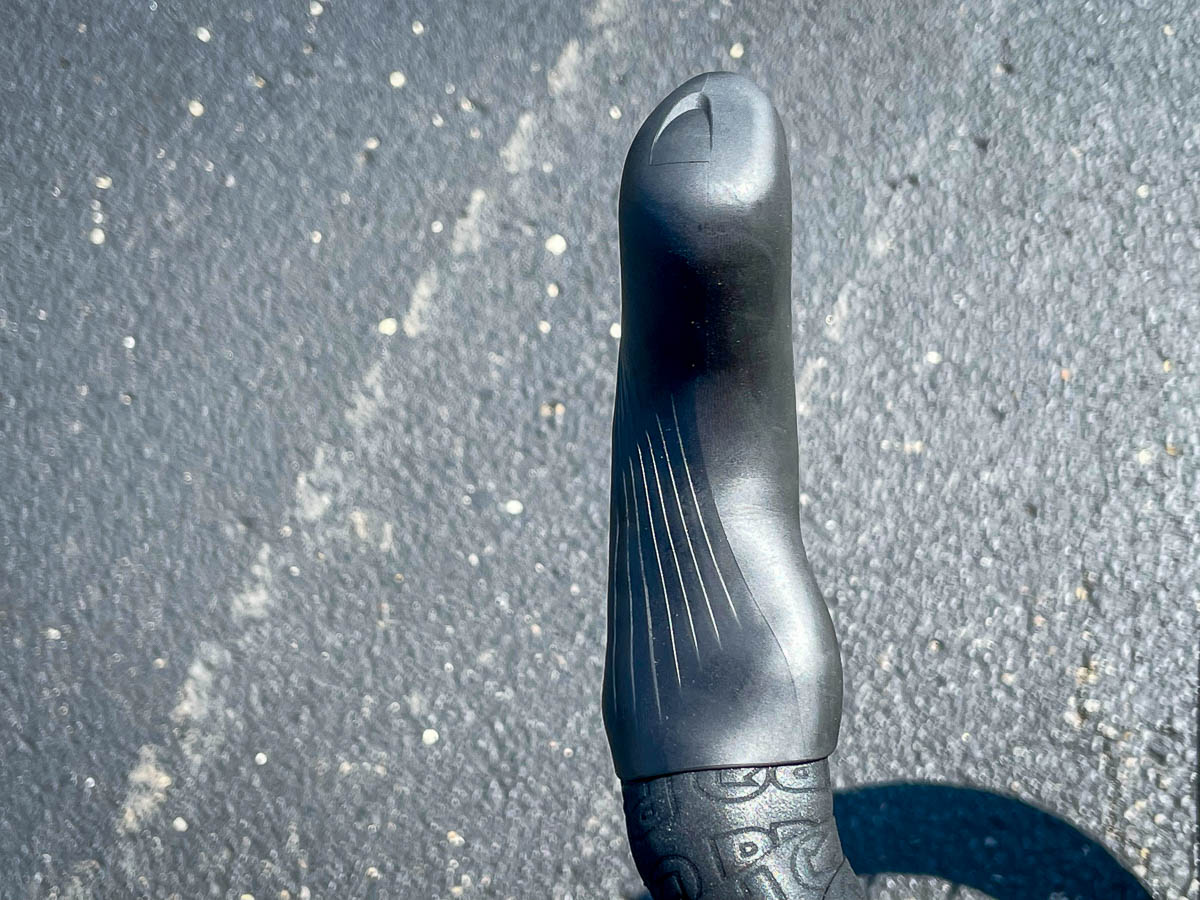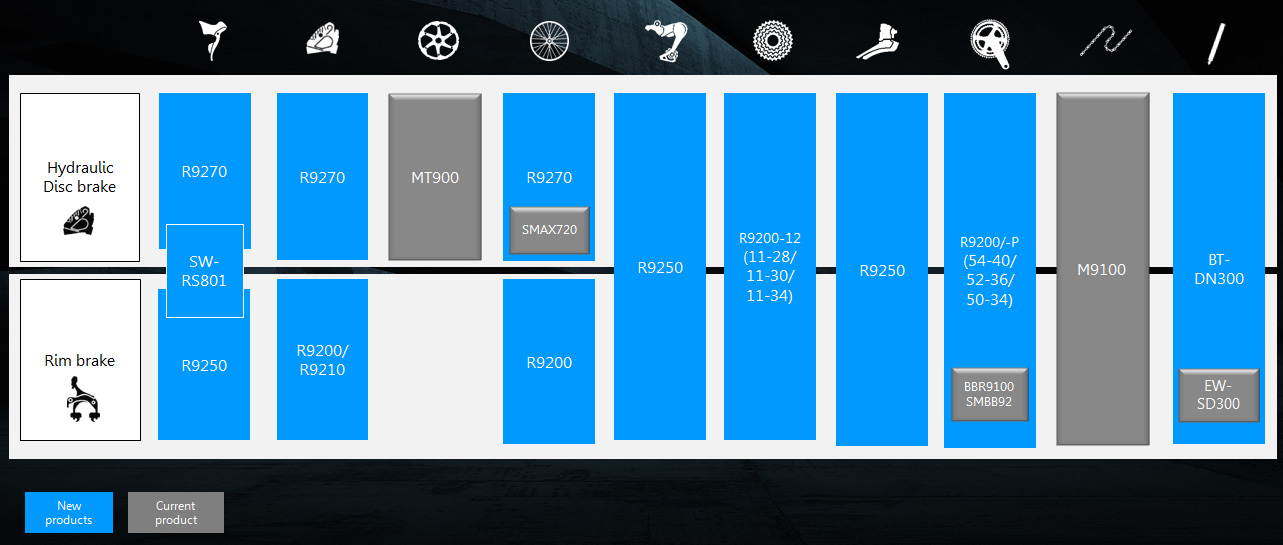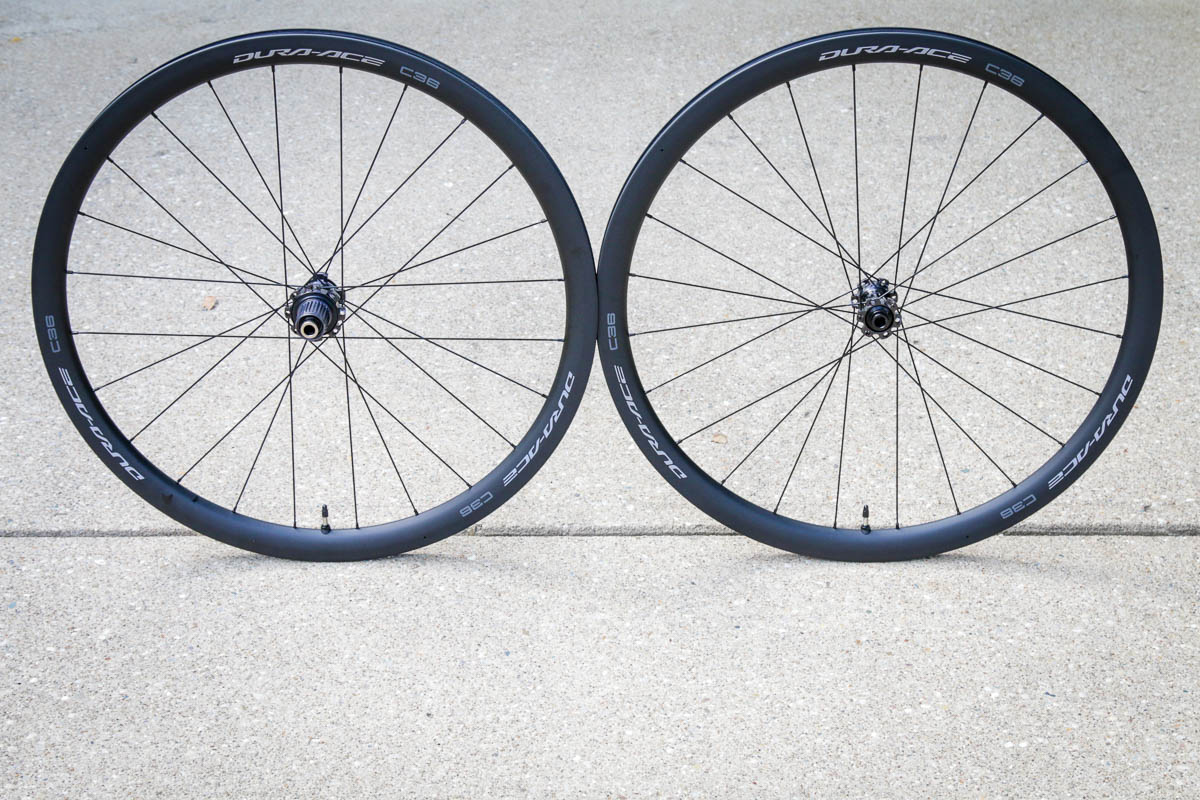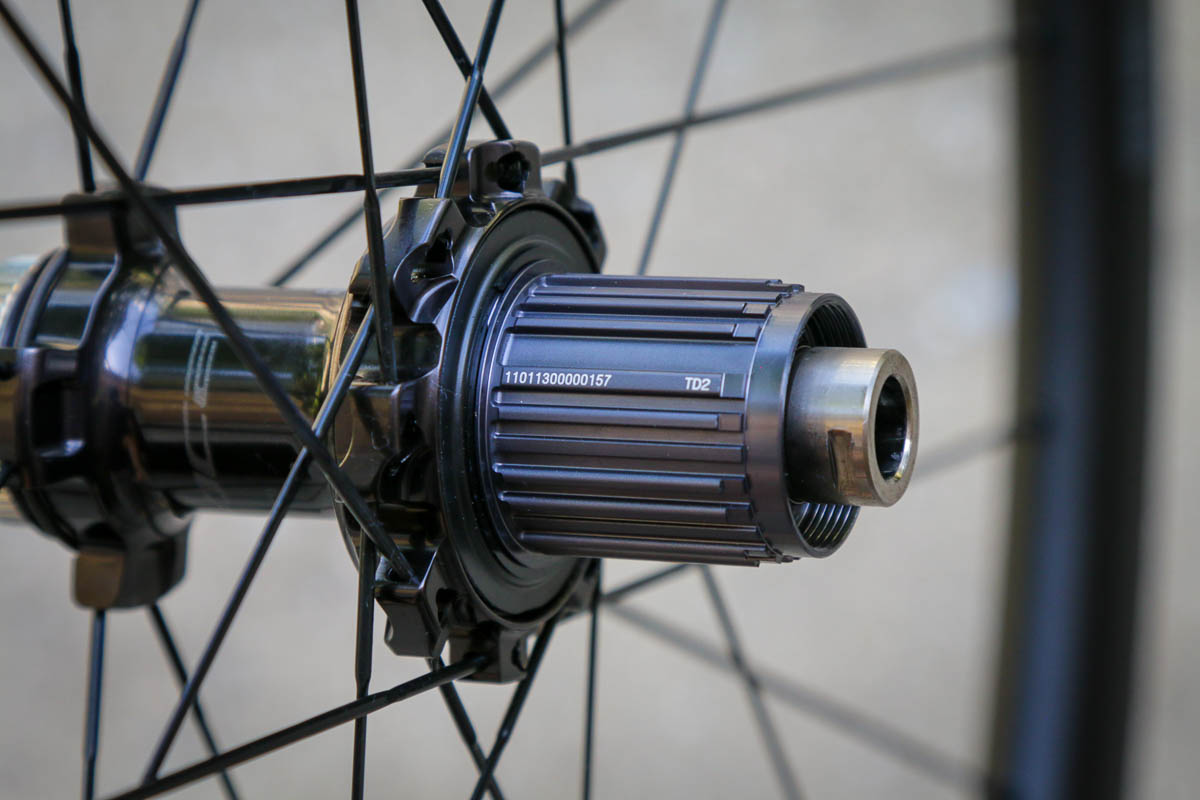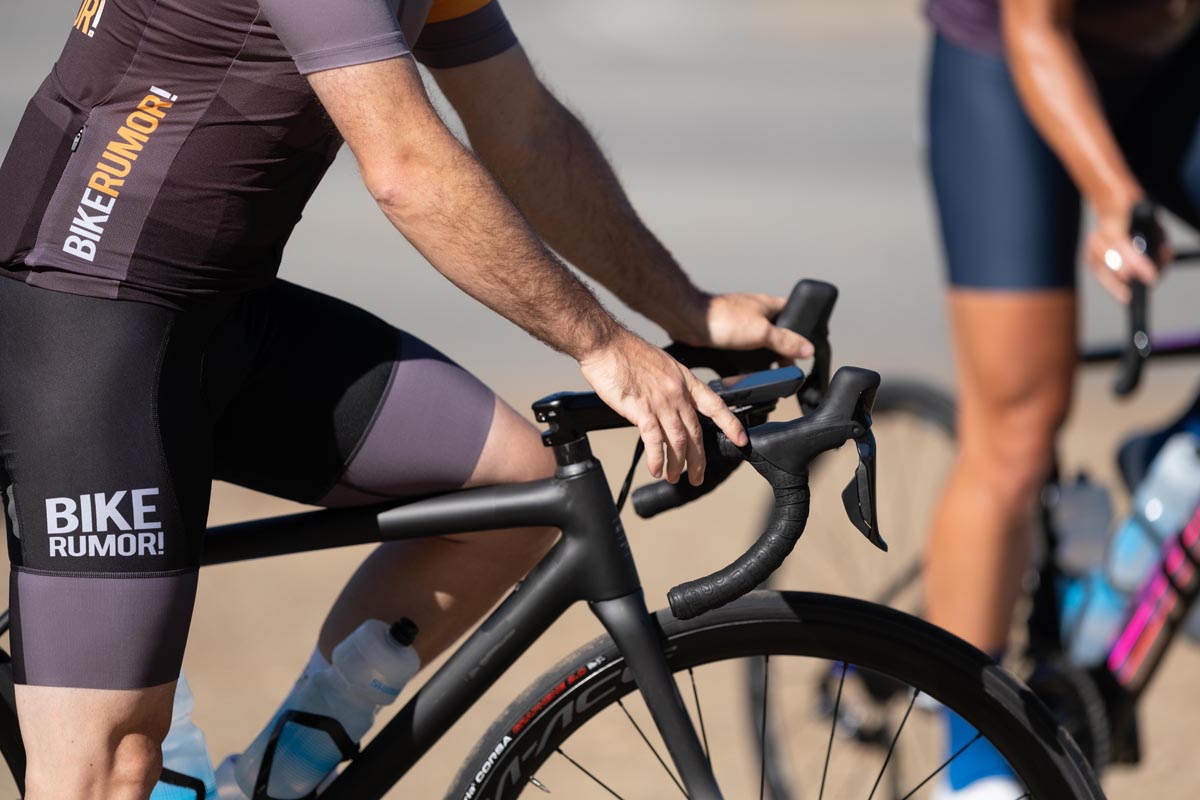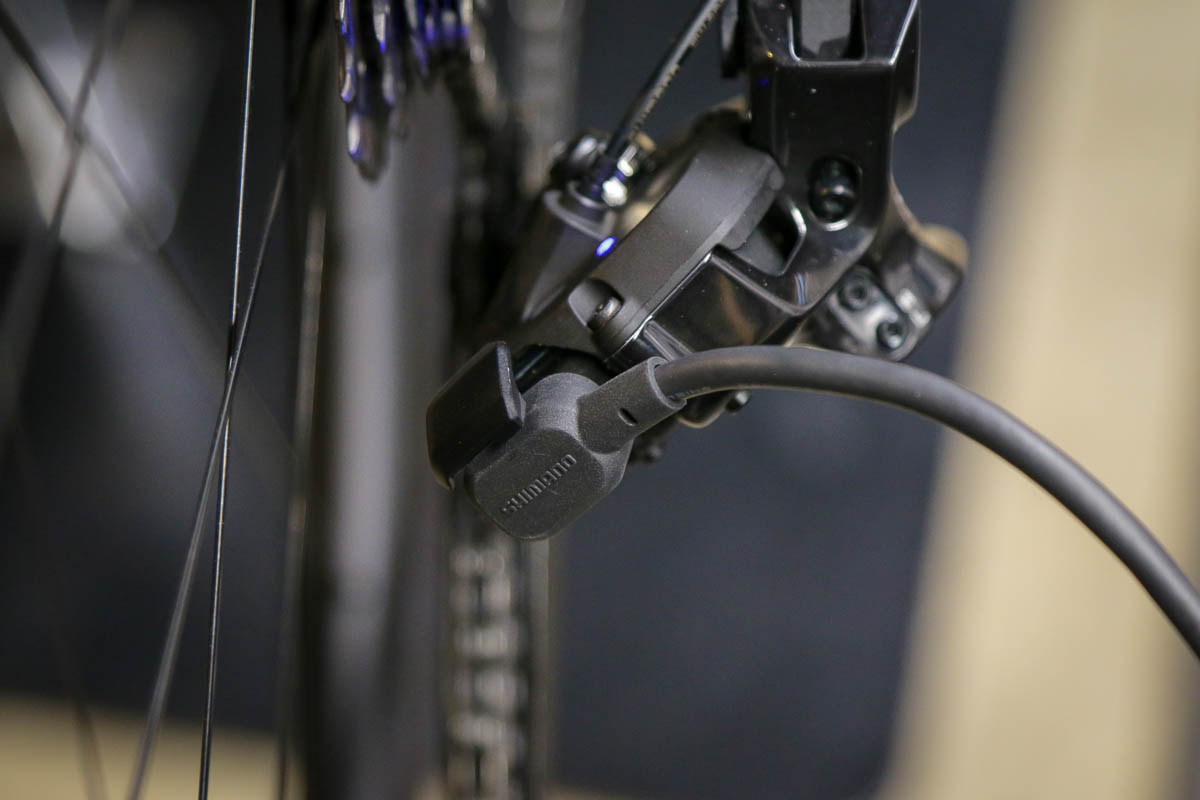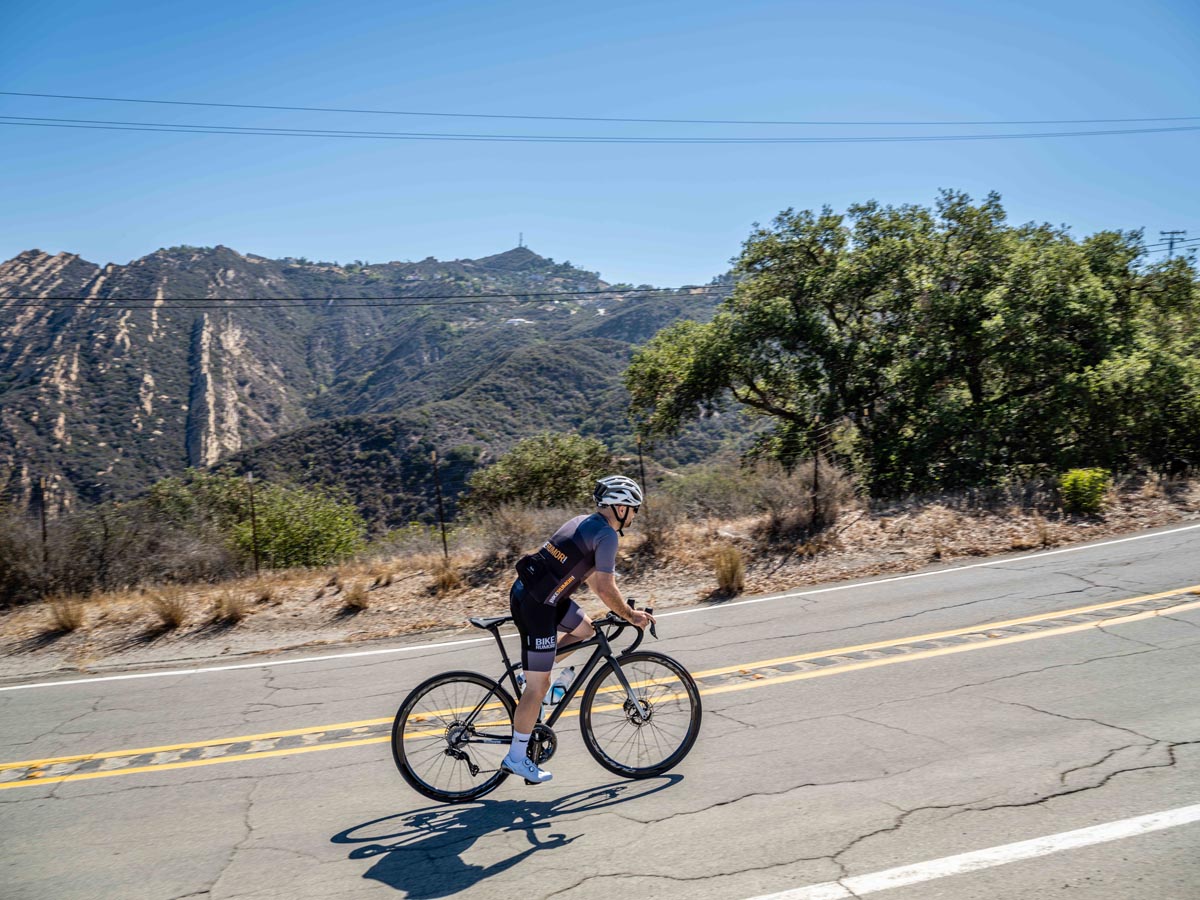If you haven’t already heard, the new Dura-Ace (and Ultegra!) is here. It hasn’t exactly been a huge secret that Shimano would have something soon, but many of the details that make this new group special have been kept under wraps. Now that the news is out there, and we’ve had some time on the new drivetrain for ourselves, we can confirm—the new Dura-Ace is the one you’ve been waiting for.
Just like everything else for the past year and a half, the roll-out of Shimano’s new groups faced constant challenges. From factories shutting down, to lengthy shipping delays, and the transition to virtual collaboration rather than face-to-face contact, getting Dura-Ace 9200 and Ultegra 8100 to the finish line hasn’t been easy. But Shimano has never been one to shy away from a challenge, and the new product speaks for itself.
Along those same lines, how Shimano introduced us to the new gear changed as well. Typically, we’d be invited to a larger gathering of like-minded individuals, where we could all experience the products for the first time in the same setting. Obviously, thanks to COVID, a large gathering wasn’t wise, so instead Shimano hosted us on a limited, and fully vaccinated basis. That meant I ended up visiting with a handful of Shimano employees in California to see and ride my Dura-Ace equipped test bike for the first time.
Specialized Aethos Frameset
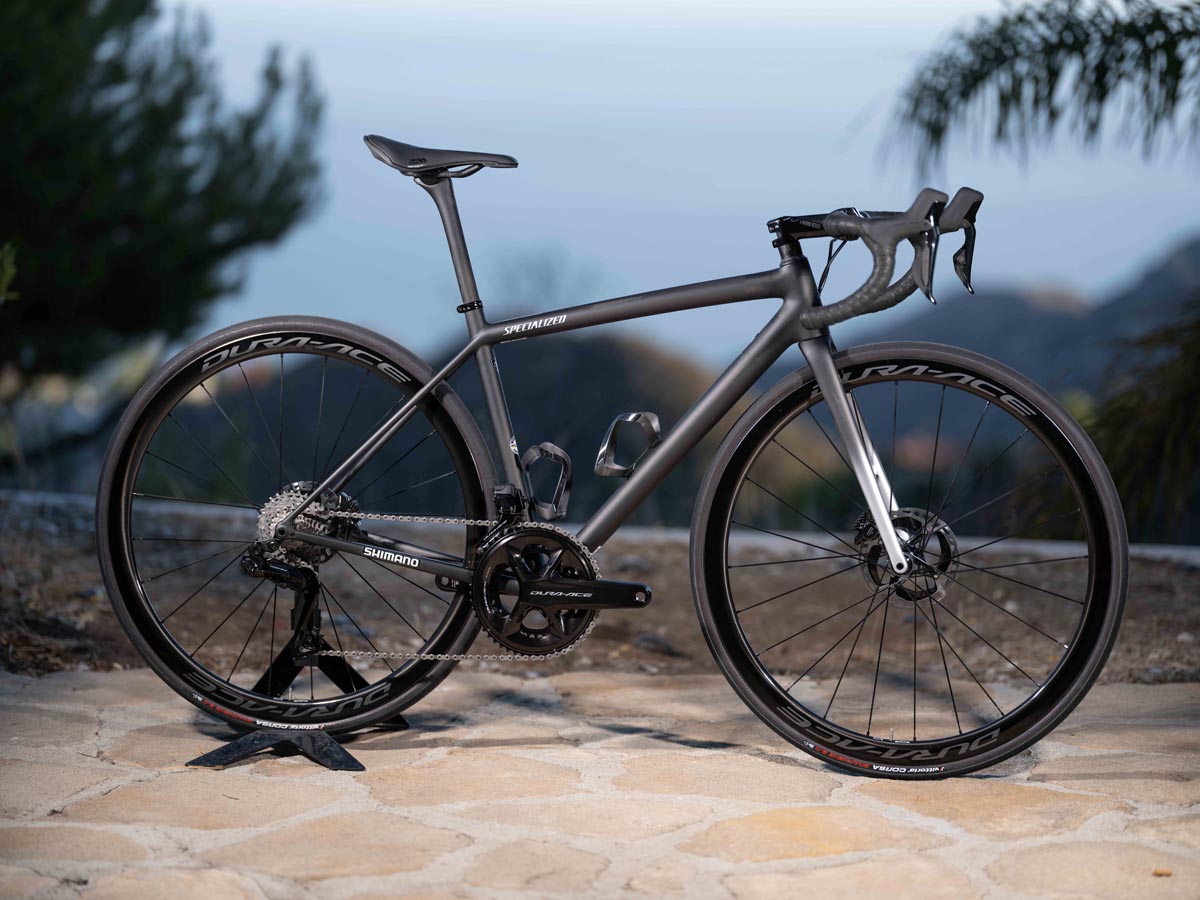
The bike? That would be the new Specialized Aethos. Honestly, it was extremely difficult to track down a frame for this launch for obvious reasons. The supply chain has taken a huge hit due to both a product shortage and increased demand, but in the end Specialized came through for us—and I’m so glad they did. This thing is incredible. But more on that later.
As a framework for the new Dura-Ace 9200 group, the Aethos makes things pretty easy. Simple cable routing, threaded bottom bracket, a standard stem and handlebar. It’s just a beautifully efficient machine that just happens to match the Dura-Ace group extremely well in the Satin Carbon/Flake Silver finish of the standard Aethos Frameset. For those keeping track, this is the “more affordable” model with FACT 10r carbon fiber compared to the 12r carbon found on the S-Works model.
Built up as shown, the complete 52cm bike checks in at 14.84lbs with Dura-Ace pedals, two PRO carbon bottle cages, a K-Edge Wahoo mount, and plenty of Stan’s in both tires. That build includes the stock Roval Alpinist Carbon Seatpost, a PRO Vibe cockpit with carbon bar, the Dura-Ace 9200 group with an 11-30t cassette and a 52/36t chainring combo, and the new Dura-Ace C36 wheels with Continental GP5000TL 700c x 25mm tires (that actually measure 28mm on these rims). For brakes, Shimano outfitted it with a 160mm RT-MT900-S rotor up front and a 140mm rotor out back. The new PRO Stealth Curved saddle finishes off the build.
While this exact build won’t be available from Specialized due to the Shimano PRO build, Specialized will offer the S-Works Aethos Dura-Ace build for $14,000, and the Aethos Expert build with Shimano Ultegra Di2 for almost half that, at $7,700. Expect to see these in shops by the end of December, or early January.
But First, The Brakes
It would be easy for the move to 12 speed and wireless shifting to steal the show. But to me, the brakes are just as important. Maybe more. Ever since disc brakes started being marketed for use on the road, they included promises of better performance and enhanced modulation. Yet most braking systems still have annoying little flaws that prevent the concept from living up to its full potential.
That is, until now. The new Dura-Ace stoppers are the best I’ve used on the road. Ever. And it’s not just about power and control. It’s about noise. Or lack thereof.
These brakes are wonderfully silent, which is apparently due to the 10% more room Shimano added between the rotor and pads. So each time you brake, after the pads are done squeezing the rotor, they pull back 10% more, leaving more room for any rotor wiggle that might cause that nagging rub, rub, rub. My first real test of these brakes included a near 2,000′ descent (that I had never ridden) with less than a mile warm up, on a just-assembled, never-ridden, new-to-me bike. Naturally, I was on the brakes far more than I typically would for that type of descent, but it gave me a chance to find out what would happen if you dragged the brakes for a while down a mountain… nothing. Instead, they just reassuringly whirred to a stop as needed, just as quietly as when the ride began.
I’d buy these brakes just for how quiet they are, but Shimano didn’t stop there. Thanks to the Servo Wave mechanism in the brake lever, the pads engage with the rotor faster, with a shorter lever pull. But once they do engage, the brakes offer actual modulation with impressive feedback at the lever. The whole system just delivers descending confidence in a way that most road disc brake systems can only aspire to. Which in turn, helps you go faster knowing you’ll actually be able to slow down in a panic-stop situation.
There’s one descent by my house that I’ve been trying to break 50mph on for some time now. It’s not that hard to build up speed, but the descent is short, and at the bottom there are some streets where you may need to be able to stop suddenly if a driver fails to stop at their stop sign (which is usually the case). Today, I smashed my previous best in damp conditions, and reached 54mph, and honestly could have gone faster. The difference was having brakes that I genuinely trust. That’s it.
Blazing Fast Shifting, too
So the brakes are sublime, but what about the shifting? It’s easy to think, “I don’t really notice the speed of my shifting.” But then you get on something like the new Dura-Ace, and you realize just how fast shifting can be. Shimano claims their 9100 group was already the fastest electronic shifting group on the market. Yet, the 9200 group is now 58% faster for the rear derailleur and 45% faster for the front?
To put that in perspective, most of the time, before you even let go of the shift button the new Dura-Ace drivetrain has already finished shifting. It’s that fast. It’s kind of silly how quickly it can accomplish a shift, which of course means you have a greater potential to be in the right gear at the right time. I’m not sure most riders need shifting this quick but they can certainly appreciate it. And it’s not just shifting up to an easier gear on the cassette. Just like we’ve found with the Hyperglide+ mountain bike drivetrains, shifting down the cassette to a harder gear is seriously quick even under full power—which is usually when you will want a harder gear as you wind up a sprint.
All of that shifting is of course controlled from the hoods, which I find to be very comfortable. They offer great support for your palms, while keeping plenty of room underneath to wrap your fingers around the hood behind the brake lever. The newly angle hoods look a little weird, but they feel completely natural in your hand. In spite of there being no physical connection from the shifter buttons to the derailleurs, the buttons offer a nice tactile feedback leaving little doubt if you have clicked to another gear or not. The increased offset between the buttons along with the ribbed texture on the forward button makes it very easy to tell them apart. It’s a big improvement over the previous button arrangement.
It’s been horrendously humid here lately, and my only concern comes from how slippery the rubber compound of the hoods seem to be in these conditions—but it will be interesting to see if this improves as the hoods wear. I also don’t wear gloves on the road, so for those that do, this seems like a non-issue.
I’m also super keen to check out the new satellite shifters. I love the Blips on my Force AXS eTap bike, so I can’t wait to mount up something similar on this. But the satellite shifters are one of those accessories which have been held up due to supply chain issues. It’s the same story with the power meter cranksets.
Backwards Compatibility and Shared (Existing) Components!

We all know that there are way too many “standards” out there as it is. It probably would have been easy for Shimano to ignore this and create a new 12 speed road group with all sorts of specific parts. Instead, it seems like they’re actually listening to consumers. The cassettes fit existing HG spline freehubs. The chains and brake rotors are cross compatible with Shimano’s 12 speed MTB groups and readily available. Consumable parts like brake pads, hoses, barbs, inserts, and a few other small parts remain unchanged. Somehow, Shimano managed to create a drivetrain and brakeset that is truly improved without creating a bunch of additional skus or obsoleting existing road wheels that many consumers will already own.
Wheels, too
To put all that shifting and braking to use, Shimano has a new line of carbon wheels too. This bike was outfitted with the C36, which is the shallowest of the three Dura-Ace Options, with a healthy 21mm internal width. That width allows the Continental GP5000TL 25mm tires to actually measure 28mm, and offers a planted ride feel. The new wheels weren’t ready for the California launch, so I have limited time on them at the moment, but first impressions are quite favorable. The classic cup-and-cone Shimano hubs are ridiculously smooth, and should only get better with age.
It was a little tight getting the Continental tires on the rims, especially since Shimano recommends against using a tire lever. But once the tires were on, they popped right into place and have remained impressively air tight, hardly leaking down at all with Stan’s inside.
These wheels of course have the new 12 speed-specific freehub, but that’s only an issue if you buy the Dura-Ace wheels and wanted to run something other than a 12 speed Dura-Ace or Ultegra cassette (to find out why Shimano did this, check out our wheel post here). If that’s the case, then the Ultegra wheels might be a good option with essentially the same rims but a hub with an HG spline freehub. Or just skip the Dura-Ace wheels all together—which you can do since all the new 12 speed cassettes are backwards compatible with existing HG splines.
The Whole Package
In a short period of time, the Specialized Aethos has gotten a lot of attention. There’s a reason for that. It really is that good. In a room full of high dollar, rare, and exclusive road bikes, the discussion always seemed to land back on the (multiple) Aethos bikes at the Shimano launch. In a world of uber integrated aero super bikes, the Aethos stands out for its classic styling with reserved graphics. It backs up those good looks with an ethereal ride quality that is equal parts airy light, and razor sharp. Our ride in California started with a ride out of the driveway that had us joking that we were going to ‘shuttle’ the driveway because it was so insanely steep, with no run-up. But after the first pedal on the Aethos, I thought, “huh, I guess this won’t be that bad.” The whole ride was like that, with climbs disappearing under efforts that I perceived as being too easy.
Point the bike down the nearest hillside though, it almost telepathically responds to the smallest changes in line, slicing through tight corners with frightening speed. Yeah, it’s as good as everyone says it is. I’ll have a full follow up review on this bike, but I can already tell that this is certainly a bike I would spend my own money on.
Any Downsides?
For the most part, I like the idea of a single charging port on the bike rather than multiple removable batteries. With a longer battery life, and only one to worry about, you’ll probably spend less time charging and more time riding. With that said, I think the charging cable should be longer (or at least an optional longer cable). At 1.5m (4.9′), the cable is long enough to reach from some outlets to the bike, but if you’d rather charge your bike where it’s stored rather than bringing it to an outlet, it seems like nearly everyone would benefit from a longer cable. It’s also a USB cable, and doesn’t include the required 5v/1a AC adapter. So you’ll probably end up with the charging cable plugged into an AC adapter, plugged into an extension cord stretched across your garage or basement whenever you need to charge your bike battery. At least it’s the same charging cable as the power meter will require, and it’s easy to access at the rear derailleur—though there is only one orientation to plug it in. At least I’ll never forget my battery on the charger…
Shimano Dura-Ace 9200 Initial Review
You’d expect Shimano’s top level group to be great, and you wouldn’t be wrong. But Shimano has managed to exceed expectations with their latest group. Even more impressive is that Ultegra will offer the same level of performance, for a lot less money. We’re still waiting on the Ultegra test bike to confirm this, but if it’s anything like the new Dura-Ace, Shimano will have knocked it out of the park. As far as I’m concerned, this is true dream-build territory, only the performance gains of Dura-Ace 9200 are completely real.
Looking for more on the new Shimano Dura-Ace 9200 and Ultegra 8100 groups? Check out our complete technical overview here. And get the details on the new Shimano wheel line up here.
